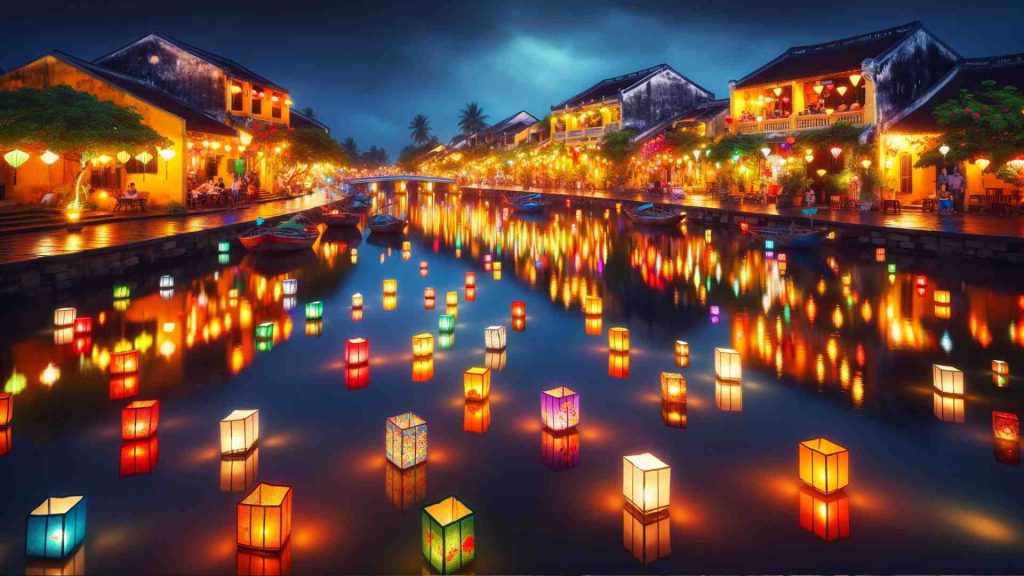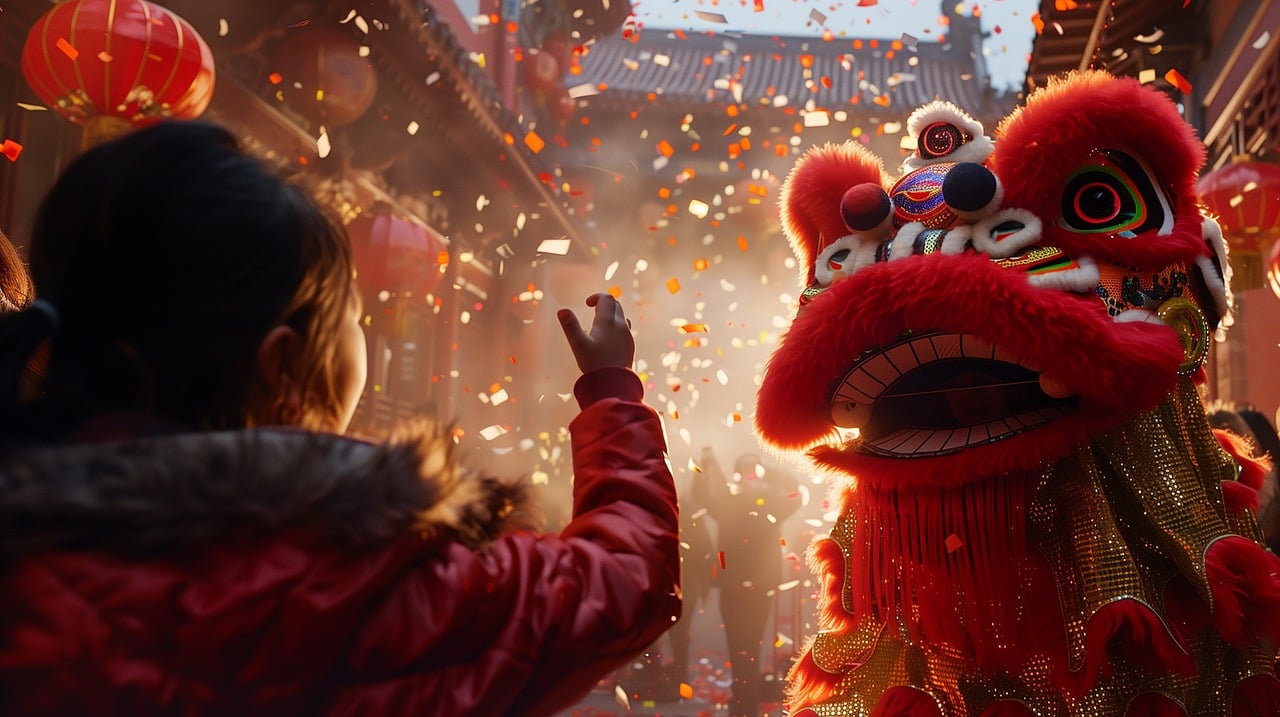The Lunar New Year, also known as the Spring Festival in China and Tet in Vietnam, is one of the most important celebrations across Asia and beyond. It marks the beginning of a new year on the lunar calendar and typically falls between January 21 and February 20, depending on the moon’s cycles. The festival is rich with traditions, cultural significance, and vibrant festivities that unite families and communities in a joyful celebration of renewal and hope.
Historical Background
The origins of the Lunar New Year date back over 4,000 years, rooted in agrarian society and the cycle of farming. Historically, it was a time to celebrate the end of winter and the beginning of spring, a season associated with new life and growth. Various legends surround the festival, the most famous being the tale of the mythical beast, Nian. According to folklore, Nian would emerge at the start of the new year to terrorize villages. To protect themselves, the villagers would light firecrackers, hang red decorations, and wear red clothing—traditions that continue today.
Cultural Significance
The Lunar New Year is more than just a celebration of a new calendar year; it’s a time to honor ancestors and deities, express gratitude, and reinforce family bonds. It embodies the values of respect, loyalty, and love, making it a deeply meaningful occasion. Families often gather to remember and honor their ancestors, offering food and incense at altars to show respect and gratitude.
Each year is associated with one of the twelve animals of the Chinese zodiac, each symbolizing different traits and fortunes. For example, the Year of the Dragon is often associated with power and strength, while the Year of the Rabbit signifies peace and prosperity. Understanding the animal of the year can influence attitudes and practices, from business decisions to personal aspirations.
Preparations and Traditions
The weeks leading up to the Lunar New Year are filled with preparations. Families engage in thorough cleaning of their homes, symbolizing the removal of bad luck and making way for good fortune. This practice is often coupled with the purchase of new clothes, particularly in red, as it is believed to bring luck and ward off evil spirits.
In the days leading up to the New Year, families also prepare traditional foods. Each dish holds symbolic meanings; for instance, fish represents abundance, dumplings symbolize wealth, and rice cake signifies progress. On New Year’s Eve, families gather for a reunion dinner, often the most important meal of the year, celebrating togetherness and abundance.
Festivities
The celebration of the Lunar New Year lasts for 15 days, with various events and activities taking place. The first day, known as New Year’s Day, is often spent with family, exchanging gifts and well-wishes. Red envelopes, or “hongbao,” containing money are given to children and unmarried adults as a symbol of good luck and prosperity.
The second day is traditionally dedicated to honoring ancestors and visiting the graves of loved ones. As the festival progresses, communities engage in various activities, including dragon and lion dances, fireworks, and street fairs. These lively performances are not only entertaining but also serve to scare away evil spirits and bring good fortune.

The Lantern Festival, which marks the end of the Lunar New Year celebrations, is a spectacular event featuring colorful lantern displays and the solving of riddles attached to the lanterns. Eating sweet rice balls, known as “tangyuan,” is a popular tradition during this festival, symbolizing reunion and togetherness.
Global Celebrations
As communities worldwide have embraced the Lunar New Year, the celebration has transcended its cultural origins. Cities with significant Asian populations, such as San Francisco, New York, and Sydney, host large parades and festivals that attract locals and tourists alike. These events showcase traditional performances, cultural exhibitions, and delicious food, fostering greater understanding and appreciation of Asian cultures.

Conclusion
The Lunar New Year is a beautiful tapestry of traditions, history, and cultural significance. It brings together families and communities in a celebration of renewal, hope, and the promise of a prosperous year ahead. As we embrace this vibrant festival, we are reminded of the importance of family, the value of cultural heritage, and the joy of coming together in celebration. Whether through the auspicious rituals, the festive meals, or the colorful parades, the Lunar New Year continues to be a cherished celebration that resonates across generations and cultures.
